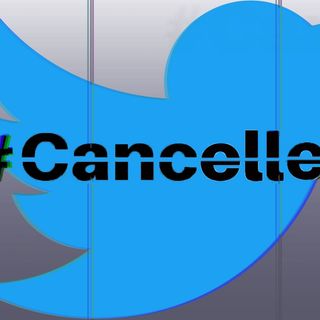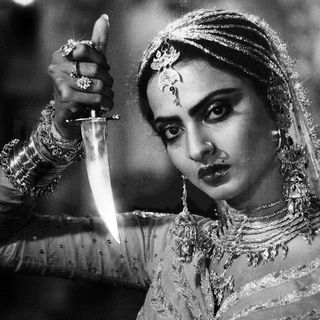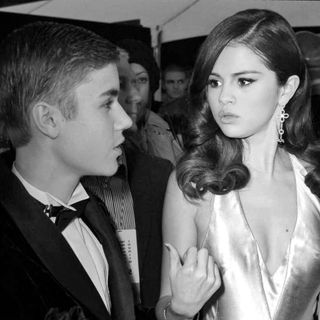
Karan Johar’s ‘What The Love?’ Forges Fairytales, Not Relationships or Wokeness — but That’s Fine
Like all reality TV of its ilk, the show merely satisfies our hunger for one-stop-fixes and painless happy endings.

You know how some things are simulations? That is, they’re the imitation of something that already exists. Sometimes, there are simulations of these simulations, or the imitation of something that doesn’t exist, and this is known as simulacra. Reality television, as we know it, is a simulation of other reality televisions, often adapting similar tropes and gamification from within other shows, thus creating its own universe and genre. This, naturally, makes it the complete opposite of reality as we know it — which is what makes it so enjoyable. We’re not watching reality TV for reality. Reality sucks! We’re watching it for a surreal, yet simpler version of reality, where anything is possible — both as absurdity and as potential.
What The Love? — Karan Johar’s latest reality TV offering for Netflix — is a bit confused about what it attempts to simulate, with its current season perpetually dangling between two drastically different ideas, never committing to either. The show cannot decide if it is dramatic or benign, woke or belligerent, a dating advice show or an offshoot of Johar’s own filmography. Johar himself switches from vulnerable (revealing how he once paid for sex in the very first episode) to almost directorial, leading his contestants to salvation while resolutely maintaining a strict arm’s length emotional distance.
This salvation has almost a fairytale assembly line factory feel to it. Six contestants, each obeying their given insecurities and tropes — weight, facial scarring, queerness, workaholicism, low self-esteem, and pickiness — let Johar orchestrate their dating lives. Their fairytale assembly involves multiple therapizing sessions with Johar, A-list celebrities, and A-list influencers, a makeover that is (at best) questionable, and two dates, of which one becomes the contestant’s key to a new love life. As is the way of Johar’s films, lifelong insecurities are resolved instantly, and rejection is merely phantom.
Related on The Swaddle:
The ‘Revenge Body’ Phenomenon Promises Closure But Keeps Us Unhappy
Bear in mind that none of this is bad, when viewed through the lens of why we care to watch reality TV. Watching to make serious sense of this is nonsensical — no serious connoisseur of reality TV would tolerate an actual therapist attempting to kill the mood with talk of the large amounts of time and energy required to change lives. Our affirmations are snackable, but our drama is a feast fit for royals. And in that context, What The Love? manages to deliver a season’s worth of drama in a singular episode, starring graphic designer and model Rabanne Victor.
However, unfortunately, this drama isn’t the fun sort. Watching Rabanne undergo this process feels deeply awkward — we’re immediately aware of how much he doesn’t fit in with the other contestants. This is exacerbated by the show’s inability to parse how Rabanne’s big problem — the inability to lock down a long-term relationship — is also a function of his identity as a queer individual and his interactions with the queer community, where relationships are frequently short-lived.
So, instead, Rabanne’s queerness is pantomimed, dipping generously into the stereotype of gay men who desperately want to sleep with straight men, while he meets his celebrity date, Ali Fazal. Rabanne’s external appearance and internal manner are both turned all the way down, killing his gentle flamboyance, dulling his presence to the point where a friend remarked mid-watch, “Dude, they turned him straight!” Beyond appearances, Rabanne is sent on two strange dates, during which one potential partner repeatedly violates his consent and another has a panic attack, subsequently standing him up. By virtue of the show’s compulsion to hand out happy endings, Rabanne agrees to give the latter a second chance (even after stating specifically that the individual wasn’t his type). What’s unfortunate is not the attempt to depict the negative side to queer dating, it’s the haphazard depiction of an issue that deserves far more nuance than the show granted it.
This attempt to embrace wokeness is also where What The Love? continues to dangle resolutely in the center — neither does it completely eschew any attempt to appear progressive nor does it attempt the bare minimum required to stand by its assertions. I’m quite unsure why the show expects me to believe it is, say, body-positive, when the very first episode has the fashion expert complain about the bad fit of a girl’s outfit while the camera zooms in on the girl’s body rolls, and when another episode has a man proudly state he likes “thin” girls.
Related on The Swaddle:
Insider Peeks at Celeb Glamor Just Raise the Bar for Beauty
Here, Rabanne’s story matters because it parallels the futility of wokeness enmeshed into reality TV. Rabanne cannot fit into a hyper-heterosexual dating show pattern because that format can neither contort his queer identity into a heterosexually palatable gay man, nor can it achieve his goal of long term monogamy — another common heterosexual construct — without understanding how his identity and community influence it. Similarly, reality T.V. cannot attempt to contort wokeness into palatable nuggets amidst its offerings, with no real context to the issues it attempts to champion.
In fact, reality television cannot ever be woke — it can simulate it, it can attempt to enact what it sees as the right woke actions, it can gamify the wokeness, but it does not have the bandwidth to enact any real good. But you know what? That’s fine. Not all content is created equal nor meant to appeal to some higher purpose. That’s the bargain we make for content that isn’t too much, for days when we just can’t comprehend or wish for anything more than Johar’s fantasy lands of perfect, glamorous, happy endings. Perhaps, What The Love’s real fault, after all, was that it took itself a touch too seriously.
Aditi Murti is a culture writer at The Swaddle. Previously, she worked as a freelance journalist focused on gender and cities. Find her on social media @aditimurti.
Related


Woe Is Me! “How Do I Live in India Peacefully While Choosing Not to Have Children?”
